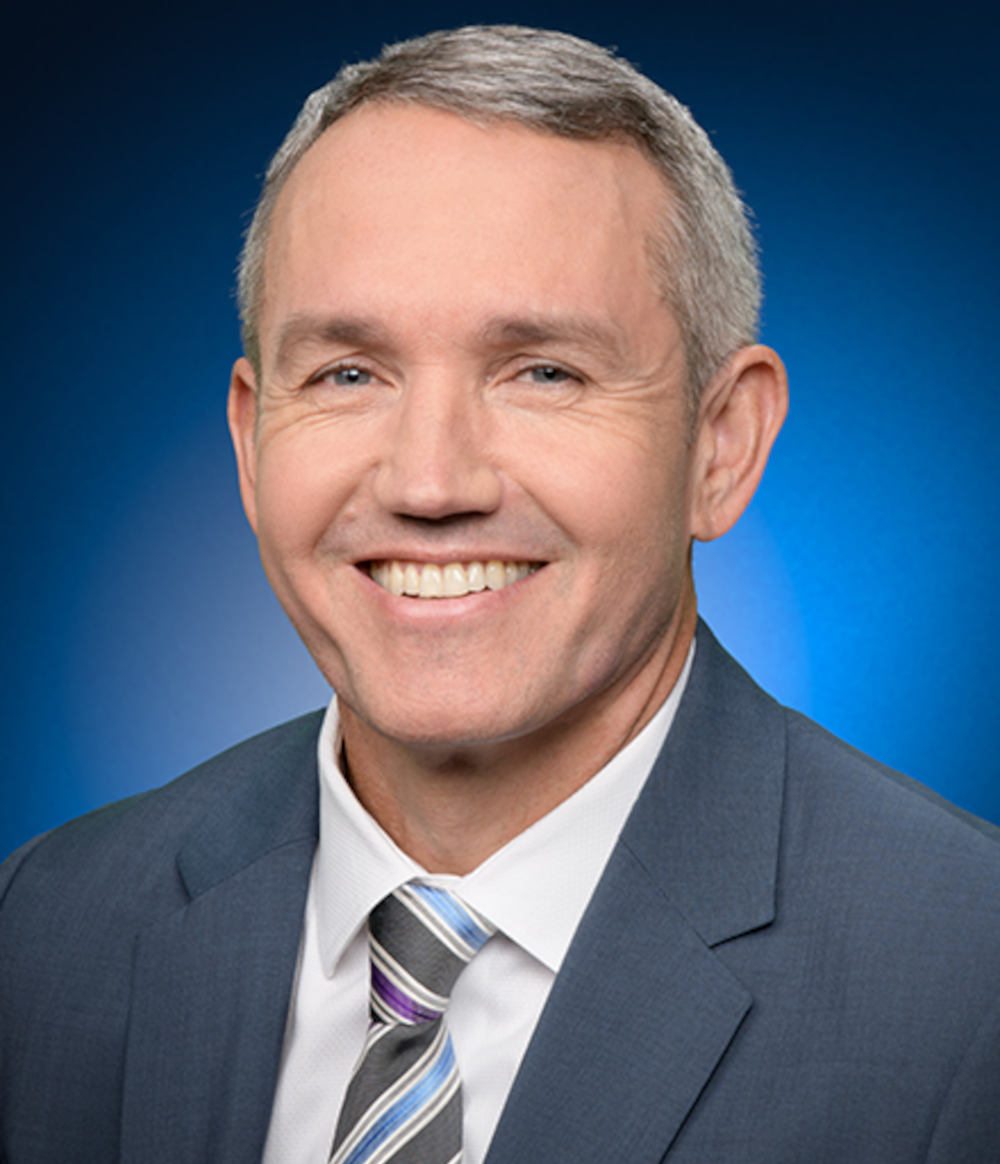
Lewis Prebble, president of airlines and fleets at StandardAero, talks about how the company is readying for the introduction of Leap-1A and -1B services at its facility in San Antonio.
After signing a branded service agreement to join CFM International's aftermarket network for Leap-1A and -1B engine services in February, StandardAero has since announced the setup of a program management office to lead its Leap activities. What can you tell us about this?
As you can imagine, standing up a major new platform for an MRO is a big endeavour. The key is getting the project management in place first, before we start building the infrastructure. We've got a huge amount of tooling to acquire and we've got a huge amount of workforce to build and to train. We're obviously benefiting from an existing workforce that we have in San Antonio but we still expect a significant ramp up in that workforce eventually. Things like test cells take a long time to activate: although we have the existing bricks and mortar infrastructure, we still need to buy the tooling instrumentation to support the test process. All that leads to a minimum of a 12 month lead time before you get the first engine in the shop--so it's a huge endeavor for the organization. It's probably the biggest one we've undertaken yet and with a very rapid response time because the Leap market is crying out for new capacity. We want to be there as quickly as we can to support that marketplace and to support CFM.
Will the plan be to initially introduce quick-turn engine services before ramping this up to full overhauls eventually?
Quick-turn engine services are relatively straight-forward work scopes to establish, despite some of these quick-turn processes being complicated in their own way. Following 12 months of that going into 2025, we plan to move into full performance restoration work on the Leap. The plan is to start services on the -1A and -1B very close together--likely within about two months of each other. We'll determine which one we are going to prioritize but as it stands, the Leap-1B services will likely start first.
How is the process going in terms of tooling and training investment at San Antonio?
We're investing tens of millions of dollars to get this facility stood out. As said, we are lucky to have an existing infrastructure in San Antonio, which is a strong MRO facility with a footprint already in place. The first thing we're doing is relocating some of the other product lines that we've got within the existing facilities to make space for the Leap. We've started negotiations with tooling vendors and we're very close to making a decision.
Testing is probably half the tooling spend; test cell equipment is very expensive and often very complex. We've talked about training manpower but we're actually investing in training facilities by getting training engines into the facility so we're buying tools for that purpose as well. There is also the IT training investment we need, too, so all of this is a capital expenditure.
What can you tell us about growing the workforce in San Antonio? Is there a specific figure that the company has in mind to meet its Leap ramp up targets?
We're in the position of adding at least 50 additional people by the end of this year. We plan to add another 100 people by the end of 2024. Then by the time we get to 2027, which is when we expect to be fully operationalized in terms of volume and scale, we'll be at 400 additional people. That's a big expansion to the workforce and eventually the San Antonio site will total nearly 1,000 people. The recruitment will be made up of a direct and indirect workforce, with the indirect side a very important piece of infrastructure. This is comprised of recruiting in areas such as engineers, supply chain people and program management specialists for example. Once we have this established, we'll start to grow the direct workforce and get economies of scale from that organization.
Is there a good talent pipeline in San Antonio and the surrounding region?
Definitely one of the reasons we picked San Antonio is that we felt it has a great labor market and we've had good success with the workforce there. Local government has been very supportive of us. There's a lot of retiring military personnel who historically have been a big part of the community that we can draw from and there's also a big aerospace cluster. All in all, it's got a lot of the key ingredients for a successful site that we've operated at for more than 20 years. At 800,000 sq. ft, it's a big facility. The beauty of the San Antonio site is that we've got four test cells that are Leap-1B capable and two for the Leap-1A. Having that infrastructure to cash in on immediately is a massive head start on a program like this.
